CameraClicker
No longer a newbie, moving up!
- Joined
- Aug 14, 2014
- Messages
- 565
- Reaction score
- 125
- Location
- Toronto
- Can others edit my Photos
- Photos OK to edit
Call me a rebel, a renegade, or whatever. But my response is that the OP should
QUIT FOLLOWING SOMEBODY ELSES' PHOTOGRAPHY RULES!!
What RULES is the exposure triangle...plain and not so simple as many may be inclined to believe. Through the years, I've learned to think almost exclusively in terms of 'what is the critical issue(s) for this shot?'.
Is the subject moving/running/racing/flying?...then shutter speed better be 1/125th or faster to stop subject-motion caused blur. Jet plane? 1/500 or even 1/1000. Stationary? Do I have a tripod with me? No, then 1/<focal length> starting point to stop camera shake (some may call this one a rule, but it's more of a recommendation). Tripod handy? Long exposures are fair game for mountain vistas or fancy architecture.
What kind of depth of field (DOF) do I want? Thin? Then go wide open or nearly so as few lenses are at their sharpest wide open. Group shot? f5.6 or even f8 to ensure everyone is in focus. Mountain vista? f10-16 gets just about everything in focus.
Note that ISO speed is usually my last consideration. I generally let the shutter speed and aperture determine where I should set the ISO to get a decent exposure.
But too often, it ends up an exposure triangle 'battle' to get the right exposure. Maybe a year ago, someone on this forum called it making an 'acceptable compromise'. And that's what it is. What if I want to photograph a dancer on a stage? I'll need a fast-enough shutter speed (1/160th or 1/200th), and with an f3.5-f5.6 lens, when zoomed to the max, 'wide open' is f5.6, so I'll need ISO 10,000 or some other fast ISO. Unfortunately, except for higher prices full-frame cameras, ISO 2400-3200 is where the noise levels gets unacceptable in the darker areas of the picture. So now what? OK, try ISO 3200, wide-open aperture then half-press the shutter to see where the exposure needle lands. Adjust the shutter speed downward until the needle is at zero or nearly so. And where do you end up? 1/20th or even slower shutter speed. So now, in all likelihood, there will be both camera shake and subject movement causing blurred shots. At 1/20th, I know I will most likely have to take 15-20 shots just to get ONE where there isn't a blurred subject. OK...maybe try ISO 3200 to get a faster shutter speed and then it's only 1 in 10 or 15 that's a keeper. Or...settle for blurred subjects. I've kept a good number of shots where a guest speaker is talking and he is fairly motionless but his hands are moving. So, I keep the blurred hands but the face is clear shots...but not more than 1-2 for that speaker. Or...get an external flash to light up the place. But some places don't allow the use of flash.
Or outdoors, on a nice, sunny day. I'll make the same choices as before...what aperture do I want to get the DOF I want, then the shutter speed based on subject motion, or mine. Earlier this year, I was on a train taking pictures out the window. I started with shutter speed 1/200 to stop the motion blur of the scenery outside the window. Once I got the shutter speed I wanted and aperture, then adjust the ISO speed down to perhaps 100 to 400, and when the meter tells me it's good, take the picture.
There's a million or more possible lighting situations 'out there' to deal with. Trying to follow someone elses' idea of what settings to use may be a starting point, but not the solution. Every camera is different. The lenses on that camera are different. So what works for you may not work for me...or it may not be the results I want to capture. Let your mind decide what you want, and let your camera tell you what it needs. Then make the best settings you can to get that shot.
Julia, the OP, seems to have disappeared. She seems to be a student since she is doing "assignments". I'm pretty sure a teacher is providing her with instruction. Not following a teacher's instruction usually results in low grades.
From the discussion, she seems to be having trouble with printing, rather than photography, since her sample photo looks pretty good. Along with Ido, I'm wondering if the noise in her print is from down res then up res, instead of using her original file to get to the print dimensions she needs.


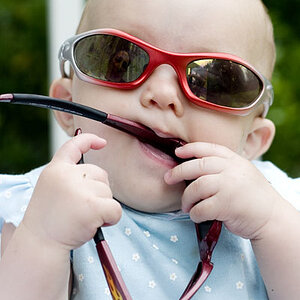
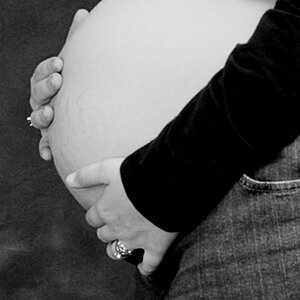
![[No title]](/data/xfmg/thumbnail/41/41896-54547e935773393100a20b8d9819f5bd.jpg?1619739935)
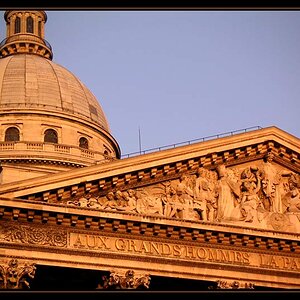
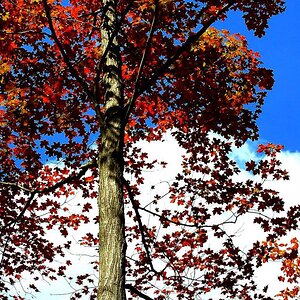
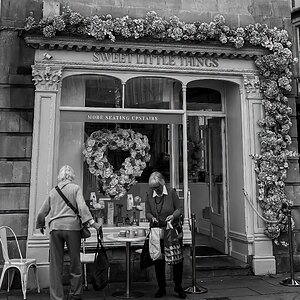
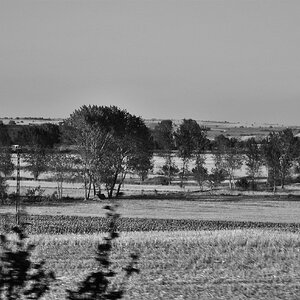
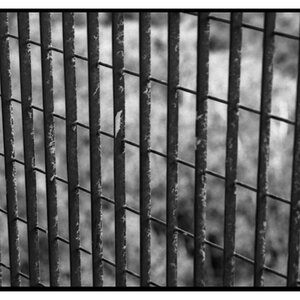

![[No title]](/data/xfmg/thumbnail/32/32632-476f3d925401f13cffe1cc2b41945614.jpg?1619735553)

![[No title]](/data/xfmg/thumbnail/31/31977-2b717e032201241cbeae8226af23eba4.jpg?1619735136)